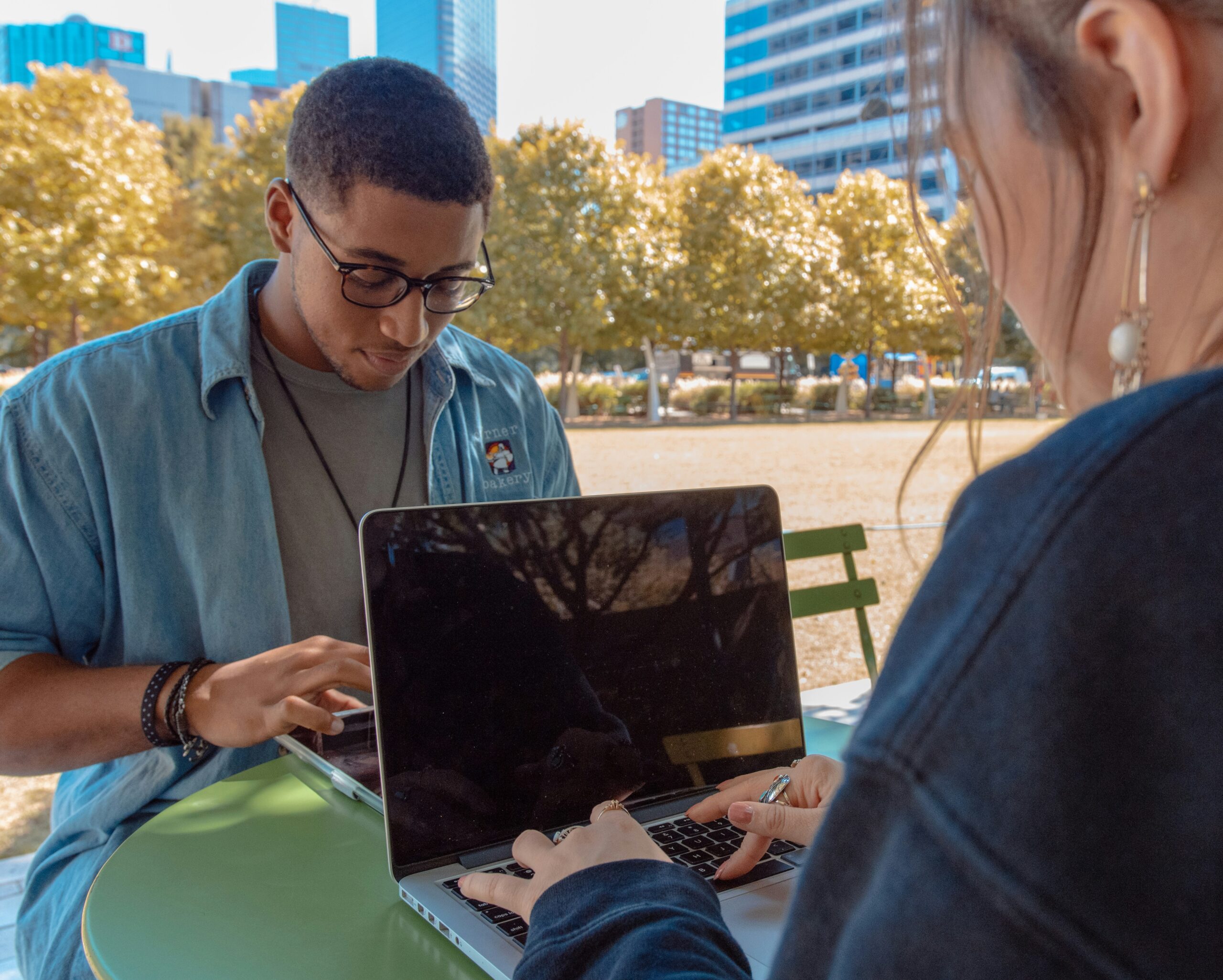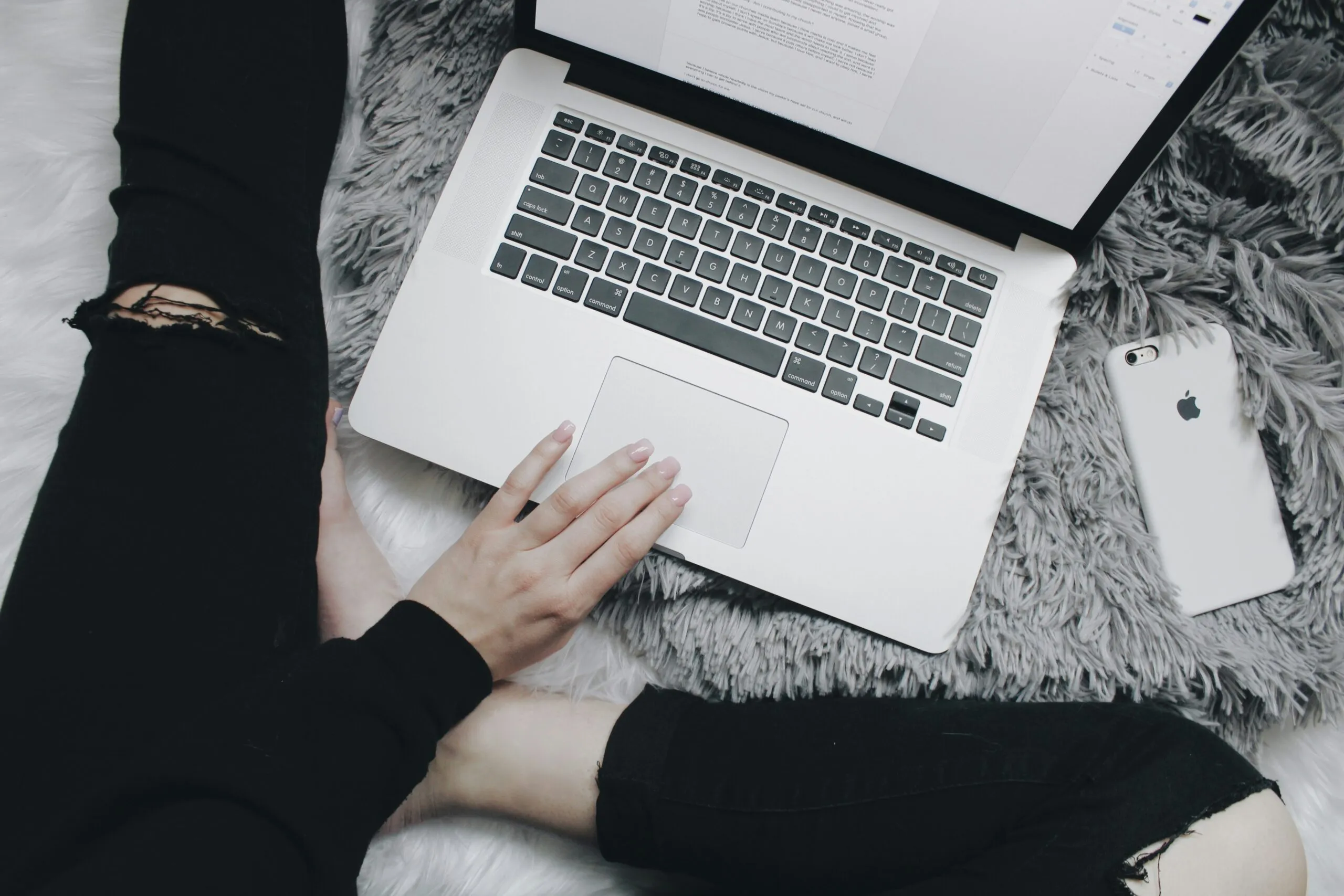Table of Contents
Screen Printing – What is screen printing?
Screen printing, also known as silk screen printing, is a printing method where a mesh stencil is used to print/transfer ink onto a substrate, typically apparel and materials that are a bit softer. A mesh stencil is produced for each color that is required, which is then lined up on the item, and the mixed ink is pushed through the stencil in the areas of the semi-permeable mesh, color by color. The stencils must be lined up exactly to achieve the best result.
A blade or squeegee is used to push the ink through the mesh, typically with two strokes, the first to fill the mesh and the second to push it through onto the apparel or material.
Screen printing allows larger prints on items than other print methods such as pad printing. It also allows the colors to be color matched to whichever color code or Pantone that is required.
Screen printing is a manual printing method, and so much attention to detail must be shown when printing using this method. It is best for people with experience in this method.
We use screen printing usually for logo printing where the logo is up to 4 colors, and usually in block colors, not with gradients. Gradient colors cannot be printed using a screen print.
This method also uses inks that are designed for textiles, so they are very durable inks that typically do not fade, scratch or peel off easily, so will last a long time.
At CustomLogoCases, we use screen printing the most regularly of any other print type for printing logos on our phone and tablet cases and covers. This allows us to Pantone matching, and larger and good quality logo printing.
UV Printing – What is Digital UV Printing?
UV printing is a modern printing method that uses a special printer and special inks, which are printed and then cured using ultraviolet (UV) light. The UV light cures/dries the inks immediately after they are printed. This means that the inks do not have time to seep or spread, and so the print can be extremely precise.
Other benefits are that because the inks dry straight away, the products lead time is shorter, as there is no drying time required.
UV printing can also be used on a variety of materials/substrates, which can be flat, textures, rounded or other different shapes. This must be taken into account when printing using this method. For example, printing onto a material such as PU leather in a darker color, a primer must be used to ensure a vibrant color, that is not washed out by the background color.
This method also produces a result that is very durable, due to the inks used and the UV curing. This means that these prints can last a long time and not fade or scratch off easily.
UV inks are also not solvent-based, so are better to work with from a health perspective, as well as an environmental perspective.
UV printing is used typically where there is a complex image or design to be printed, such as one with gradients, or very fine detail.
The only drawback to UV printing, is that it can be more difficult to color match exactly, than for example using a screen print.
UV printing is used at CustomLogoCases to print complex logos and designs onto phone cases for example.
Pad Printing
Pad printing is a form of printing that uses a machine and a silicone ‘pad’, which is dipped in ink and then pressed down hard onto an object to transfer the ink. This method can be used to print onto a 2D or a 3D object. A different silicone pad is used for each color.
This process typically is used to print on objects that are difficult to print on. This is because the machine holds the object and the silicone pad is soft and so can mold around different shaped surfaces, and also fill any holes or concave areas.
Extremely good details is able to be achieved using this printing method.
Inks can be color matched and depending on the inks used, can be very durable and long-lasting.
It is an affordable scalable printing process, more so at larger quantities.
Some difficulties do exist with this method of printing, meaning it is better for some situations than others. It is best for items such as water bottles, pens, golf balls etc, rather than flat surfaces.
Sublimation Printing
Sublimation printing, also known as dye-sublimation, is a print process that can print high quality images onto objects. This process is achieved by printing the image or design onto a special sublimation transfer paper. Once the image is on the paper, it is positioned on the object, and then pressed using heat onto the object.
Benefits of this process are that it can be used for complex designs and images in full color, and that these can be applied to many different materials as well as different shaped objects. It is also great for smaller quantities, where it would otherwise be more expensive to produce print films and use screen printing.
The disadvantages of this process is that it is quite expensive relative to many other print methods at higher quantities, such as UV or silk printing. However the results can be worth the cost. It aso cannot be used on materials that are subject to being damaged by the high temperatures used for this sublimation process.
At CustomLogoCases we use sublimation printing mostly for our custom phone cases, which we make with either a 3D wrapped design, or a 2D back of case plate that fits into a case. These cases are specially made using specific hardened polycarbonate, so they do not changed shape when sublimated.
We also use sublimation printing for some custom neoprene laptop sleeves that we make, where the color of the background is unique and cannot be matched using a stock neoprene, or where the design is complex and/or covers the entire back/front of the sleeve. It allows great detail and colors, and an amazing finish.
Embossing and Debossing (and foil)
Embossing and debossing (the opposite of embossing) is not technically a print, however usually comes up when talking about printing or branding merchandise such as our cases, covers and sleeves.
Embossing and debossing is the process of using a machine with a molded metal plate, to press a logo or an image into a substrate such as a leather, PU leather, or other material such as paper. The result of the emboss is that the image is indented into the material, and with debossing, it rises out of the object.
Embossing is a great way to brand an object without taking away from the look and feel of the object. It brands the object in a much more subtle way, which some brands like.
Embossing is also sometimes called a blind emboss, however this specifically refers to when the emboss has no color, and this is what our customers request the most for the cases, covers and sleeves that we emboss.
Another less commonly known method of embossing is a foil emboss. This is where a foil, usually silver or gold, is stamped into an emboss. It creates an effect of a gold or silver (and sometimes other colors) in an emboss, which can look great.
The negative of embossing is really only that sometimes the emboss does not stand out much, but this is subjective because this is the aim for most companies. It also cannot be used for harder or thicker objects such as hard or gel phone cases.
Which Printing method to choose for your project?
Here at CustomLogoCases, our most commonly used printing methods are screen printing, UV printing, sublimation printing and embossing.
When our customers provide us with their logo and design, and requirements for cases, covers and sleeves, we evaluate each project based on a number of options such as;
- The quantity required
- The logo or design and its complexity and colors
- Which product they require
- The surface or material of the product that is required
For each project we advise our customers on the options available to print (or emboss) their items, and which would be best solution for their specific needs. Occasionally we may even try multiple print methods so we can see ourselves which has a better result, at no additional cost. Our aim is to produce the best that is physically possible, and we go to great lengths to achieve this.
If you’d like to know more about how we print on phone cases, tablet cases and sleeves, please get in touch with us. Otherwise, there are more guides on the specific products that we produce, please browse our blog to see some of these articles.





Congratulations to West Boynton Middle School on their successful Custom Sleeve Fundraiser! Administrators partnered with the PTSA hosting a virtual sale taking pre-orders over a few weeks, and at school events. They sold 250 sleeves!
#fundraiser #fundraising #schoolfundraiser #ptafundraiser #PTAfundraisers #ptofundraising #customlogo #laptopbag #computersleeve #chromebookcase #deviceprotection ... See MoreSee Less
It's Jewish American Heritage Month! For local resources and events in your area, check out the Anti-Defamation League and consider these featured children's books at your local library. #JewishAmericanHeritage #jewishamericanhistory #JewishAmericanHeritageMonth #JewishAmericanHeritageMonth #customcomputercase #PTAfundraisers #deviceprotection #customcomputerbag #customchromebooksleeve #fundraising #ptofundraising #schoolfundraiser #ptafundraiser #customlogocase #PTA #computersleeve #customchromebookcase #laptopbag #CustomLaptopcover ... See MoreSee Less
Jewish Identity and History | Social Justice Books
socialjusticebooks.org
Teaching for Change carefully selects the best multicultural and social justice books for children, young adults, and educators.Happy Teachers Appreciation Week!
#TAW2024 #thankyouteachers #computersleeve #customlogo #laptopbag #chromebookcase #customlogocase #deviceprotection ... See MoreSee Less